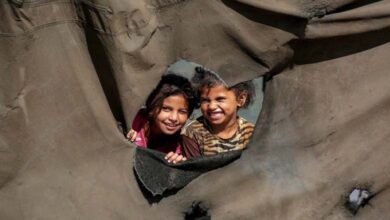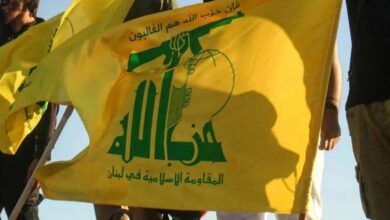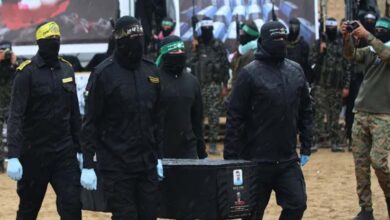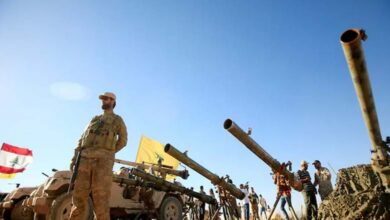Houthi Interior Ministry… Terrorism wearing military ranks
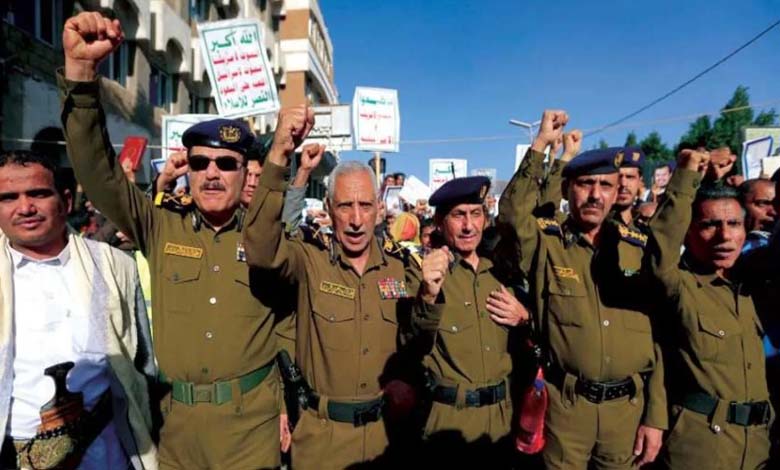
Yemenis living in areas under Houthi control have long complained about the “brutality of repression” and the harshness of life under what they describe as “terror”.
According to observers, the Houthi-controlled Interior Ministry has become a symbol of years of suffering in Sanaa after dismissing more than 13,000 officers, non-commissioned officers, and soldiers from the ministry and replacing them with the militia’s own leaders and members.
The Interior Ministry institutions have also been used as tools for spying on opponents and repressing Yemenis, including humanitarian workers.
The Houthi militias did not stop at removing Interior Ministry staff and officers; they appointed their own members and leaders to all key and sensitive positions within
the ministry and its affiliated agencies to ensure total loyalty, as revealed by their internal structures.
The Houthis have reshaped the institutions of the unrecognized Interior Ministry, creating around eight new departments within a structure of 35 existing departments and sectors, all under the leadership of the militia leader’s uncle, Abdelkarim Amir al-Din al-Houthi.
Amid conflicting reports about his fate following the Israeli airstrike of August 28 that targeted the insurgent government and militia chief of staff Abdelkarim al-Ghamari, revealing the top of the internal hierarchy of the militia’s Interior Ministry to expose the “Houthisation” of institutions and their exploitation as sectarian repression tools against the Yemeni people.
Top of the structure
At the top of the Interior Ministry structure controlled by the militia is Abdelkarim al-Houthi (the militia leader’s uncle), considered the group’s top security official. He is assisted by his deputy, Abdelmajid al-Murtada (major general), his chief of staff Mohammed al-Dhahayani (brigadier), and Hussein Abdullah al-Saadi (colonel), who serves as director of planning in the minister’s office.
The influence of the Interior Minister extends through his representatives acting as deputies in various sectors and departments. There are more than 64 leaders who intervene in any security issue on behalf of the militia leader’s uncle.
The Central Security Forces form the backbone of the militia’s Interior Ministry. They operate directly under the command of Abdelkarim al-Houthi and have branches in all provinces, including Abdelhaq al-Saraji (colonel) in Sanaa, Hussein al-Mahdi (brigadier) in the capital district, Mohammed Ahmed al-Hamis (colonel) in Hodeidah, and Mohammed al-Yousfi (colonel) in Saada.
The Najda forces rank second, also with branches across the provinces, followed by the department responsible for guarding facilities and protecting personalities, the rapid intervention forces, riot control forces, the tourism police, and judicial police, all of which are subordinated to the Houthi leader’s uncle.
These security groups are equipped with medium and heavy weapons, including armored vehicles fitted with 12.7 mm gun turrets, as well as B10 artillery.
In addition to Abdelkarim al-Houthi, some security figures are directly connected to the militia leader, such as Nayef Abu Kharfasha, director of security in Amran; Hadi al-Kahlani (formerly his personal bodyguard); and his nephew, Ali Hussein al-Houthi.
Ali Hussein al-Houthi holds three positions within the Interior Ministry: commander of the Najda forces, director of command and control, and undersecretary for the security and intelligence sector. In reality, he heads the police intelligence service established by the Houthis in 2023.




